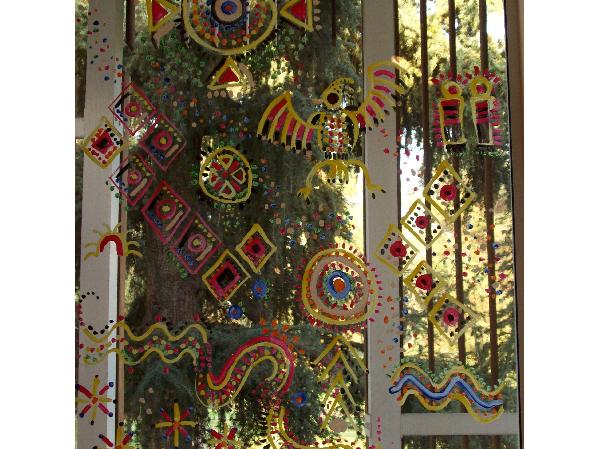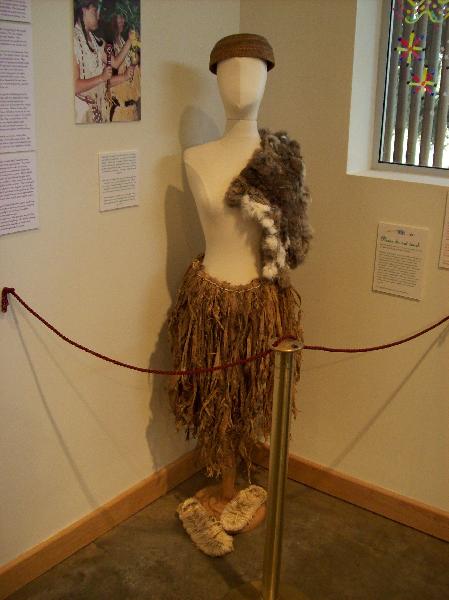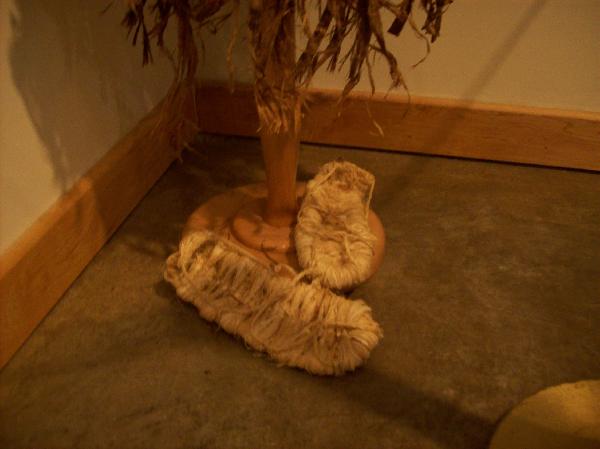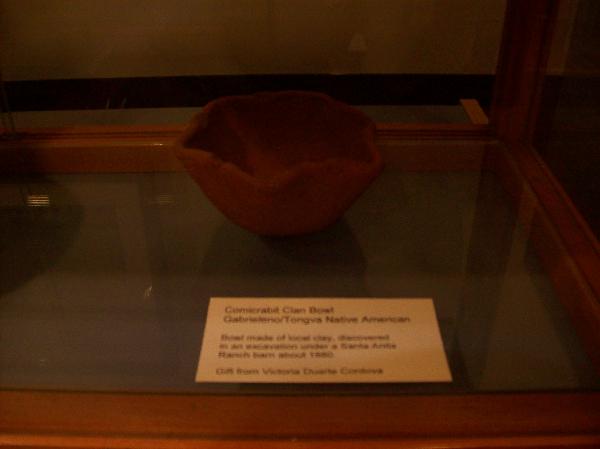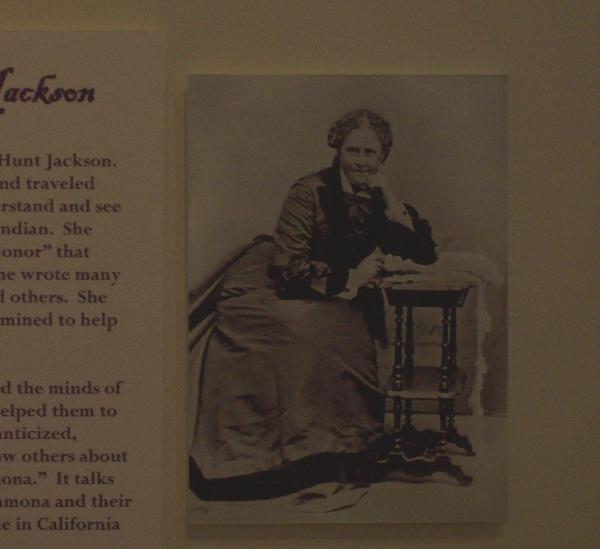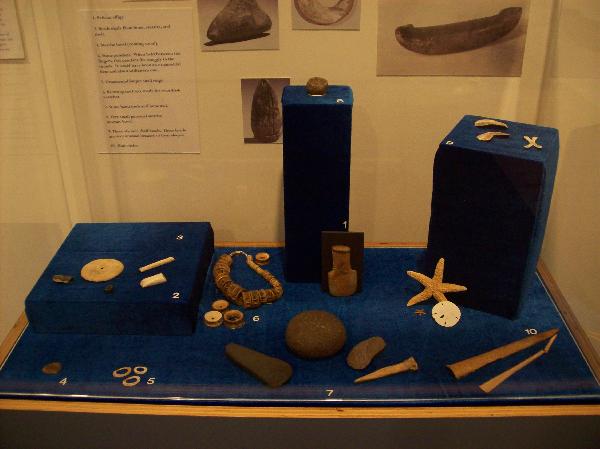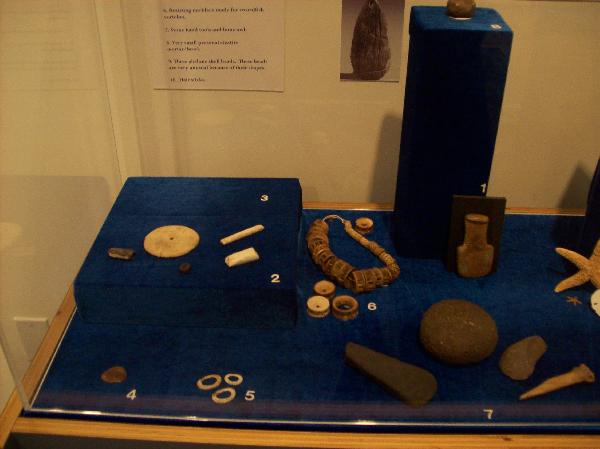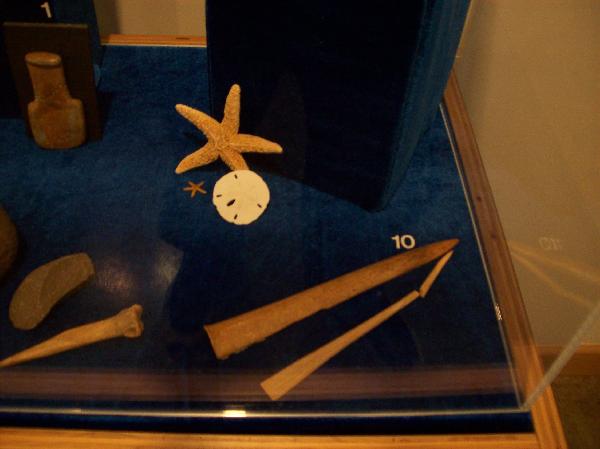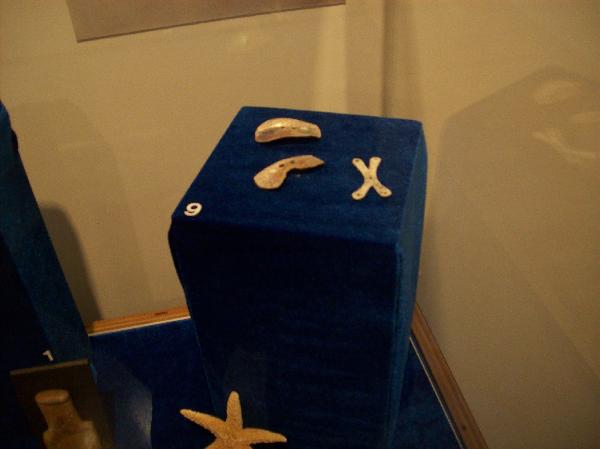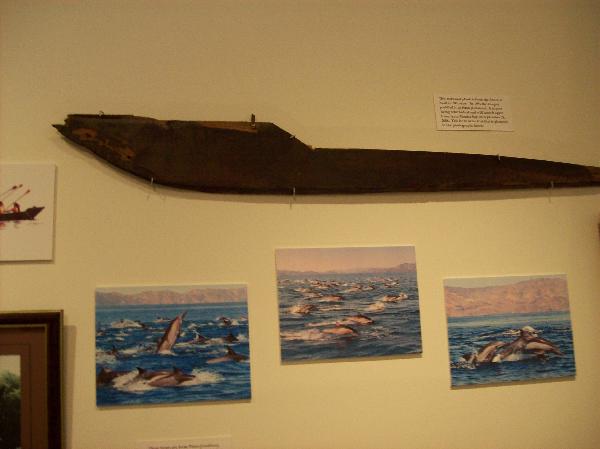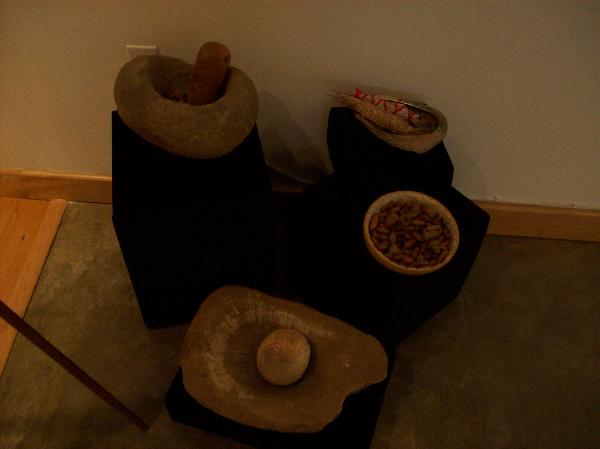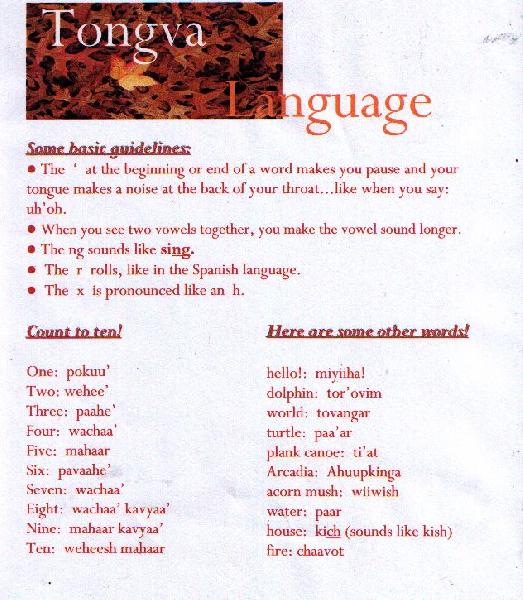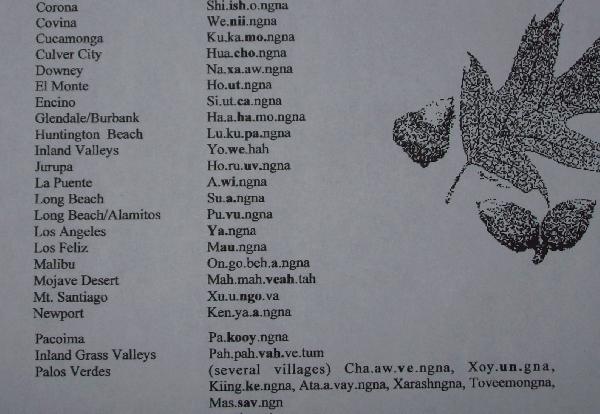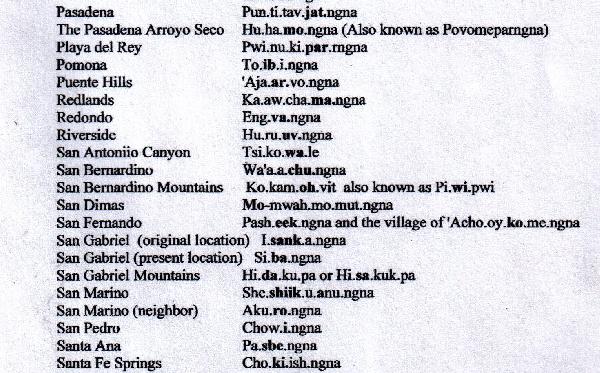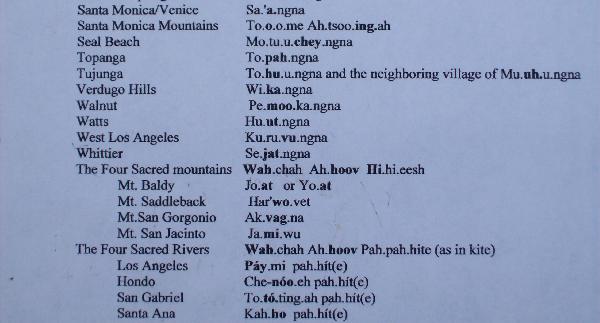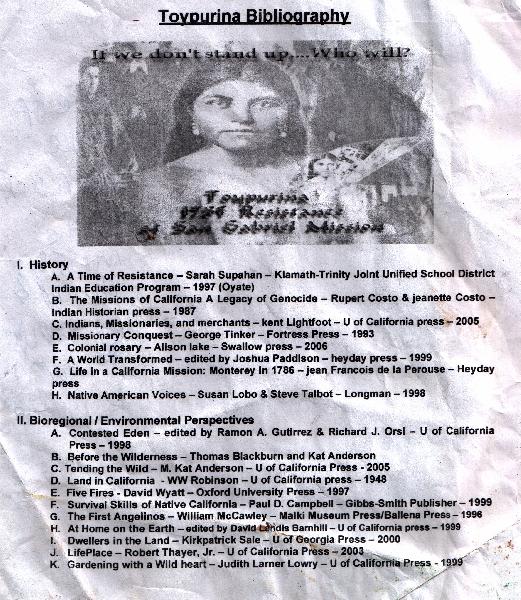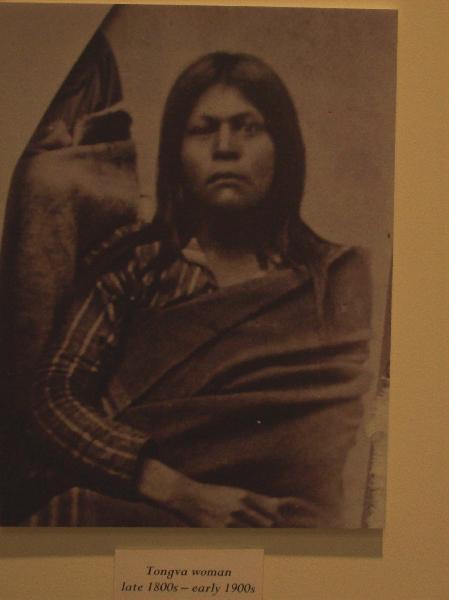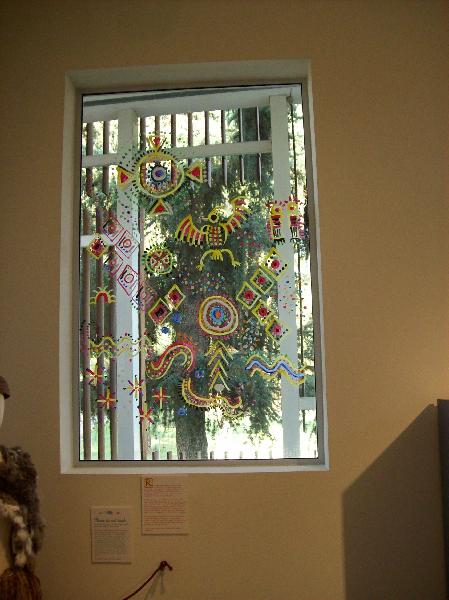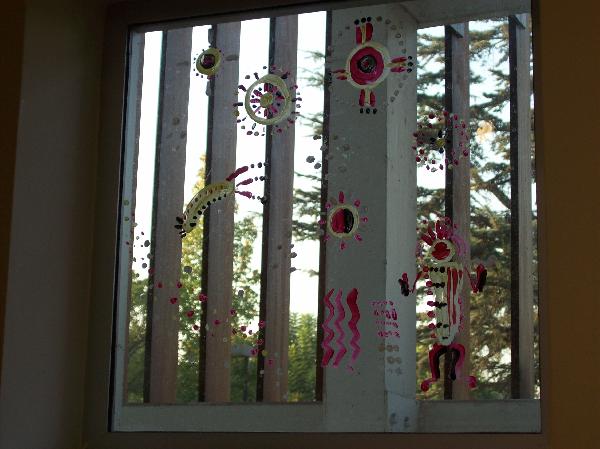| About Us | Contact Us | Calendar | Publish | RSS |
|---|
|
Features • latest news • best of news • syndication • commentary Feature Categories IMC Network:
Original Citieswww.indymedia.org africa: ambazonia canarias estrecho / madiaq kenya nigeria south africa canada: hamilton london, ontario maritimes montreal ontario ottawa quebec thunder bay vancouver victoria windsor winnipeg east asia: burma jakarta japan korea manila qc europe: abruzzo alacant andorra antwerpen armenia athens austria barcelona belarus belgium belgrade bristol brussels bulgaria calabria croatia cyprus emilia-romagna estrecho / madiaq euskal herria galiza germany grenoble hungary ireland istanbul italy la plana liege liguria lille linksunten lombardia london madrid malta marseille nantes napoli netherlands nice northern england norway oost-vlaanderen paris/Île-de-france patras piemonte poland portugal roma romania russia saint-petersburg scotland sverige switzerland thessaloniki torun toscana toulouse ukraine united kingdom valencia latin america: argentina bolivia chiapas chile chile sur cmi brasil colombia ecuador mexico peru puerto rico qollasuyu rosario santiago tijuana uruguay valparaiso venezuela venezuela oceania: adelaide aotearoa brisbane burma darwin jakarta manila melbourne perth qc sydney south asia: india mumbai united states: arizona arkansas asheville atlanta austin baltimore big muddy binghamton boston buffalo charlottesville chicago cleveland colorado columbus dc hawaii houston hudson mohawk kansas city la madison maine miami michigan milwaukee minneapolis/st. paul new hampshire new jersey new mexico new orleans north carolina north texas nyc oklahoma philadelphia pittsburgh portland richmond rochester rogue valley saint louis san diego san francisco san francisco bay area santa barbara santa cruz, ca sarasota seattle tampa bay tennessee urbana-champaign vermont western mass worcester west asia: armenia beirut israel palestine process: fbi/legal updates mailing lists process & imc docs tech volunteer projects: print radio satellite tv video regions: oceania united states topics: biotechSurviving Citieswww.indymedia.org africa: canada: quebec east asia: japan europe: athens barcelona belgium bristol brussels cyprus germany grenoble ireland istanbul lille linksunten nantes netherlands norway portugal united kingdom latin america: argentina cmi brasil rosario oceania: aotearoa united states: austin big muddy binghamton boston chicago columbus la michigan nyc portland rochester saint louis san diego san francisco bay area santa cruz, ca tennessee urbana-champaign worcester west asia: palestine process: fbi/legal updates process & imc docs projects: radio satellite tv |
printable version
- js reader version
- view hidden posts
- tags and related articles
View article without comments Tongva: Our Voice, Our History, Our Peopleby RP Friday, Nov. 28, 2008 at 9:02 AMHighlights of an exhibit recently held in Aleupkingna (Arcadia), an interview with curator Dana Dunn, and photos.
(The accompanying photos were taken with permission on the condition that no flash photography be used. ) The recent exhibit Tongva: Our Voice, Our History, Our People, which ran from September 13 through November 22 at the Ruth & Charles Gilb Arcadia Historical Museum, demonstrated that Southern California's history goes back far beyond shopping centers, Hollywood, city lights, theme parks, car culture, missionaries, Cabrillo, etc., etc. As Chief Red Blood Anthony Morales stated at the show's grand opening (which was played in the museum via DVD), Tongva people have lived here for many thousands of years. He added that the community of Aleupkingna (sometimes spelled Aluupkenga) encompassed the land currently occupied by the Santa Anita Mall, the Santa Anita Race Track, and the Arboretum. (In fact, Hugo Reid, a 19th-century resident/writer who married into a Tongva family, reported that Aleupkingna comprised all of what is now Arcadia as well as Sierra Madre.) The name Aleupkingna means "the wind enters to the heart as when it is a little hot and you inhale wind to cool off." Much was imparted about Tongva culture. One of the many hunting methods involved a plant capable of stunning fish. This plant was thrown into a river where fish were known to be, then the prey would float up to the surface. Some communities cremated their deceased (while others buried them) and also burned their belongings to help free them of attachments to this world. For the same reason, Tongva avoided mentioning the departed by name. Maritime tribes were emphasized as well. On display was a redwood plank from a ti'at, a canoelike vessel which was pivotal to their way of life. Redwood for the ti'ats was transported all the way from Northern California by boat. Tar was also used in the building of ti'ats, acquired from what is now known as the La Brea Tar Pits. (According to the exhibit, Indians from as far away as Mississippi traveled to these tar pits to collect this resource.) The exhibit encompassed such legendary figures as Toypurina, who led a revolt against the San Gabriel Mission in 1785. (Altogether, there were seven major revolts at that mission. Contrary to popular belief regarding the San Gabriel Mission, "there was never peace. Ever," said Mark Acuna, a Tongva storyteller who spoke on a TV monitor.) Also highlighted was Chingishnish, a "very old and wise person from Puvungna(1)(2)," whose teachings spread throughout Southern California and The Lone Woman of San Nicholas Island, the sole surviver of her society, who lived alone on that island (known to her people as Harashngna) for 18 years. Everyone else in her community was either killed by fur trappers or relocated by the Santa Barbara missionaries. This woman (her real name was never recorded) never made the evacuation ship. Eighteen years later she was found living in a shelter made from whale bone. A fictionalized telling of her story is a book titled Island of the Blue Dolphins by Scott O'Dell. Additional information about the Tongva was provided on handouts (see below), and informed museum staff members were on hand to answer questions. For further information on these topics, this author recommends the book The First Angelinos: The Gabrielino Indians of Los Angeles by William McCawley. Interview with Curator Dana Dunn The following interview took place shortly before the exhibit closed. Question: How did this exhibit come about? Dana Dunn: I'm actually working on my PhD in Native American History. When I first came to work here last December I decided that I would do my first exhibit on the native people here. I did a little research and found the local tribe here, and they came out, and they've been working with me on the exhibit. They helped with everything: they brought in their artifacts, they gave me a lot of information, they contributed at the opening—the chief came with his son, they all came and sang, and Mark Acuna told stories at the end. [He's] a great storyteller. Julia Bogany does all of their education[al] [outreach], so I've been working with her a lot. She helped the most, I think. She's been here a lot. She did one of our children's events, too, last Saturday. It was really good, we had over 80 people. She did some crafts with the kids and told a story. Q: What were some of the crafts? Dunn: She did a little doll made of tule reeds; a little game with a stick and a hoop, and then you try to get the hoop on the stick--those kinds of things, Tongva children's games—and she told the children a story about a sea shell and two sisters. Barbara Drake is the other woman who helped, and Mark Acuna. They're all local San Gabriel Valley Tongva people. But if you notice there's a case back there with the ocean things with the ti'at? That's another group of Tongva people that helped, Cindi Alvitre and Stacy Barlow. [Stacy's] husband actually help[ed] build ti'at, and he's a rower for the ti'at. Cindi Alvitre was the one that started the Ti'at Society. I know her from UCLA. We went to school together, and I worked on native stuff with her before. She's an ocean person, and the other three are more mountain people in the valleys. . . . And when you get over [to] the other wall with the histories like the time line, I thought that would be a good idea. Q:It's really interesting because it juxtaposes what was going on here with events in other parts of the world. Dunn: I know for American people it's nice to have those dates, that chronological way of thinking. Q: Mark Acuna seemed to like it a lot in his [video tour of the museum]. Dunn:Yeah, he did. He really loves the exhibit. He did the window paintings representing their rock art, too. Oh, and baskets in the center were loaned to us from the Arboretum, so that's part of their collection. [The conversation segues to an old audio recording in the exhibit of a local Indian speaking Tongva.] Dunn (cont'd): The American Folk Life Center that's [part of] the Smithsonian actually copied that for us for free because I'm going to give that straight to the tribe. So that's a voice recording off wax cylinders from one of the earliest recordings. So that's one of their earliest recordings recorded by J.P. Harrington, who was this really famous California anthropologist way back then. He recorded hundreds of languages. Q: Mark Acuna said that Harrington is one of his heroes. Dunn: The guy was amazing, he was just this eclectic guy. I don't know how he did it. He's got boxes and boxes and boxes of notes at the Smithsonian. I don't know how anybody did that in one lifetime, seriously. That's just all he did. And it wasn't just here in California, he recorded those languages from all over [the U.S.]. Q: Regarding that particular dialect, is it known which area it was recorded in? Dunn: It would have been in the L.A. basin somewhere. I'm not sure exactly where he recorded the man at. Q:Thank you very much. Dunn:No problem. ----- (1)This quote is from the signage written by curator Dana Dunn. (2)Puvungna is where Long Beach/Los Alamitos currently exist. A portion of it remains intact on the campus of Cal State Long Beach, but the struggle to keep it undeveloped is ongoing.
Report this post as:
”Miyiiha! Hello!”by RP Friday, Nov. 28, 2008 at 9:02 AM
“Miyiiha! Hello! Welcome to our village of 'Ahuupkinga. Today this place is known by most people as Arcadia, which lies within the state of California. Our people have been living here for thousands of year...way back in time. ' Ahuupkinga, in our language, means 'the wind enters to the heart as when it is a little hot and you inhale wind to cool off.' Today we call ourselves 'Tongva.' In our language that means “people of the earth.” We have always been close to the earth. We were created in this place and we will always belong to it.”
Report this post as:
Female attireby RP Friday, Nov. 28, 2008 at 9:02 AM
Skirt made from bark.
Report this post as:
Women's shoesby RP Friday, Nov. 28, 2008 at 9:02 AM
Report this post as:
Comcrabit clan bowlby RP Friday, Nov. 28, 2008 at 9:02 AM
The signage described this as a “bowl made of local clay discovered under a Santa Anita Ranch barn about 1880. Gift from Victoria Duarte Cordova.”
Report this post as:
Helen Hunt Jacksonby RP Friday, Nov. 28, 2008 at 9:02 AM
Helen Hunt Jackson, a 19th-century writer who spoke out against atrocities committed to Native Americans. Her work included A Century of Dishonor and Ramona, the basis of the famous annual play in Hemet.
Report this post as:
The people of Pimu (Catalina)by RP Friday, Nov. 28, 2008 at 9:02 AM
Report this post as:
The people of Pimu (Catalina)by RP Friday, Nov. 28, 2008 at 9:02 AM
The items include a necklace made from swordfish vertebra (#6) and parts of an ornamental limpet necklace (#5).
Report this post as:
Hair sticks from Pimu (Catalina)by RP Friday, Nov. 28, 2008 at 9:02 AM
Report this post as:
Pimu cultureby RP Friday, Nov. 28, 2008 at 9:02 AM
Three abalone shell beads (#9).
Report this post as:
Part of a ti'at (boat)by RP Friday, Nov. 28, 2008 at 9:02 AM
Redwood plank from a ti'at built in the 1990s and recently refurbished. It traversed the Pacific Ocean as recently as September 28, 2008 during the World Festival of Sacred Music (see: http://www.festivalofsacredmusic.org).
Report this post as:
Abalone and acornsby RP Friday, Nov. 28, 2008 at 9:02 AM
Report this post as:
A little bit of vocabulary (handout)by RP Friday, Nov. 28, 2008 at 9:02 AM
There appears to be some disagreement about the number seven. In the book The First Angelinos by William McCawley, seven is listed as “wah-chah-kaveah” (page 238).
Report this post as:
Tongva placenames (museum handout)by RP Friday, Nov. 28, 2008 at 9:02 AM
Report this post as:
Tongva placenames cont'dby RP Friday, Nov. 28, 2008 at 9:02 AM
Report this post as:
Tongva placenames cont'dby RP Friday, Nov. 28, 2008 at 9:02 AM
Report this post as:
Tongva placenames cont'dby RP Friday, Nov. 28, 2008 at 9:02 AM
Report this post as:
Toypurina bibliographyby RP Friday, Nov. 28, 2008 at 9:02 AM
This was actually handed out at another recent event, Moompetam Gathering of the Salt Water People (see: http://la.indymedia.org/news/2008/09/220668.php).
Report this post as:
Unknown Tongva womanby RP Friday, Nov. 28, 2008 at 9:02 AM
Report this post as:
Rock painting by local Tongva Mark Acunaby RP Friday, Nov. 28, 2008 at 9:02 AM
Report this post as:
More of Mark Acuna's rock paintingby RP Friday, Nov. 28, 2008 at 12:56 PM
Report this post as:
Rock Paining by Mark Acuna (more)by RP Friday, Nov. 28, 2008 at 7:08 PM
These paintings changed in appearance throughout the day: from morning to night.
Report this post as:
Gabrieleno Band of Mission Indians/Kizh Tribeby Andy sals Sunday, Apr. 01, 2012 at 1:06 PMgabrielenoindians@yahoo.org 626 9264131 po box 393 covina ca 91776 In this information how can you say the Gabrieleno called themselves tongva. And how could you say it means people of the earth,if tongva is a self designated title. Which basically means someone made up the name and meaning in the year 1990.if you check J.P. Harrington and Don Hugo Rieds Notes it will tell you the Gabrieleno were known as Kizh " means houses" the were the people of the willow branch, Tule and brush houses. Andy Salas Gabrieleno Band of Mission Indians/Kizh Tribe.
Report this post as:
Responseby RP Thursday, Apr. 05, 2012 at 8:49 PMThank you for drawing attention to this. I don't believe the museum exhibit mentioned the name Kizh, as it definitely would have interested me and been worthy of mention in my write-up. The local Indigenous people I have met thus far have identified themselves as either Tongva or Gabrielino. I will definitely take this into. account in the future. -- RP
Report this post as:
correction on the history of the Native indians of the Los Angeles Basinby Gabrieleno Indians/Kizh tribe Sunday, Jul. 01, 2012 at 12:26 PMgabrielenoindians@yahoo.com 626 9264131 po box 393 covina ca 91723 To correct you on some important history you are teaching future generations. There was no Native tribe or people called tongva in the greater Los Angeles basin. The subject tongva is a Self-Designated word with a Self designated definition and has been increasingly used since the 1990s . The Native Inhabitants of the greater Los Angeles Basin were called the “KIZH” People of the willow branch tule and brush houses, KIZH means houses. The KIZH village where the San Gabriel Mission stands today was called ” Toviscangna” Not tongva . The subject tongva was recorded in 1903 during a recording by historian Miriam Hart when he was giving the KIZH Village name Toviscangna and wrote only what he heard tongva. Now some of Mirriam Harts recordings are considered Inaccurate. About 1769 during the construction of the first mission San Gabriel In the area what is now Whittier Narrows South El monte, the Spanish Called the Natives of the area ” Kicherenos” people of the Brush houses. Do to the Flood that wiped out the first Constructed Mission built of willow branch tule and brush. The Spanish moved to higher ground to Toviscangna now known as San Gabriel then after completion of the San Gabriel Mission the Natives were changed of their name again and giving the name Gabrieleno named after the San Gabriel Mission. Thank you Andrew Tautimez Salas For more info please go to http://www.gabrielenoindians.org
Report this post as:
Truth about Mark Acuna aka Storyteller..by dorian Dudley Sunday, Jul. 01, 2012 at 5:34 PMd_2k7@yahoo.com Greetings, My name is Dorian Dudley through out the years I have been conducting on going Research on the Gabrieleno Band of Mission Indians, the "indigenous peoples of the Los Angeles Basin. My most interesting finding, to date, was the fact that the word Tongva, this quoted by Ms. Cindy Alvitre herself, that Tongva is a "Self-Designated Name" created to identify their group, which she also stated, members of this group are not required to be biologically related to biologically authenticated native Americans. Below is the information of one member from this group named Mark F. Acuna, and for sake of the subject at hand his father and mother Frank Acuna & his father William Acuna parents below: Keep in mind that those who are of true Kizh/Gabrieleno Lineal Descendants are those who have proven through DNA, genealogical and mission records, are in fact descendants of Native Villages of the Los Angeles Basin, and not from Mexico. One of the best and most credibly accurate groups is definitely the Kizh Tribe of the Gabrieleno Band of Mission Indians (gabrielenoindians.org). All question to all things Gabrieleno can be answered by these true Natives who are headed up by Spiritual Leader and long time Most Likely Descendant, "Chief of a Chieftain Village" Ernie Salas Genealogy About Mark F.Acuna His parents birthplace in the 1920s Federal Census are in his (Father's side) - Father Birthplace: MEXICO Mother's Birthplace: SPAIN Mother's Side are: Father's Birthplace: MEXICO Mother's Birthplace: MEXICO His parents birthplace in the 1910's Federal Census for his Father's side are: Father's Birthplace: MEXICO Mother's Birthplace: MEXICO Mother's Side are: Father's Birthplace: MEXICO Mother's Birthplace: MEXICO 1. 1920 United States Federal Census (about William Acuna) Name:William Acuna Age:44 Birth Year:abt 1876 Birthplace:California Home in 1920:San Gabriel, Los Angeles, California Race:White Gender:Male Relation to Head of House:Head Marital Status:Married Spouse's Name:Natividad Acuna Father's Birthplace:Mexico Mother's Birthplace:Spain Home owned:Own Able to read:Yes Able to Write:Yes Neighbors:View others on page Household Members:NameAge William Acuna44 Natividad Acuna29 Annie Acuna13 Rosendo Acuna9 William Acuna6 Frank Acuna5 Pearl Acuna3 View Original Record View original imageView 2. 1910 United States Federal Census (about William Acuna) Name:William Acuna Age in 1910:34 Birth Year:1876 Birthplace:California Home in 1910:San Gabriel, Los Angeles, California Race:White Gender:Male Relation to Head of House:Head Marital Status:Married Spouse's Name:Nattie Acuna Father's Birthplace:Mexico Mother's Birthplace:Mexico Neighbors:View others on page Household Members:NameAge William Acuna34 Nattie Acuna20 Annie Acuna3 View Original Record View original imageView blank form 3. 1880 United States Federal Censusabout William AcunaName:William Acuna Age:5 Birth Year:abt 1875 Birthplace:California Home in 1880:Los Angeles, Los Angeles, California Race:White Gender:Male Relation to Head of House:Son Marital Status:Single Father's Name:Jesus Acuna Father's Birthplace:Mexico Mother's Name:Felicita Acuna Mother's Birthplace:Mexico Neighbors:View others on page Cannot read/write: Blind: Deaf and dumb: Otherwise disabled: Idiotic or insane: View image Household Members:NameAge Jesus Acuna41 Felicita Acuna30 Basila Acuna7 Librada Acuna6 William Acuna5 Joseph Acuna3 Julia Acuna1 View Original Record View original imageView blank form Source Citation: Year: 1880; Census Place: Los Angeles, Los Angeles, California; Roll: 67; Family History Film: 1254067; Page: 151A; Enumeration District: 021; Image: 0003. Source Information:Ancestry.com and The Church of Jesus Christ of Latter-day Saints. 1880 United States Federal Census [database on-line]. Provo, UT, USA: Ancestry.com Operations Inc, 2010. 1880 U.S. Census Index provided by The Church of Jesus Christ of Latter-day Saints © Copyright 1999 Intellectual Reserve, Inc. All rights reserved. All use is subject to the limited use license and other terms and conditions applicable to this site. Original data: Tenth Census of the United States, 1880. (NARA microfilm publication T9, 1,454 rolls). Records of the Bureau of the Census, Record Group 29. National Archives, Washington, D.C. Description: This database is an index to 50 million individuals enumerated in the 1880 United States Federal Census. Census takers recorded many details including each person's name, address, occupation, relationship to the head of household, race, sex, age at last birthday, marital status, place of birth, parents' place of birth. Additionally, the names of those listed on the population schedule are linked to actual images of the 1880 Federal Census. Learn more... William Acuna's Parents Are: Father's Name: JESUS ACUNA (Born: abt. 1839) Father's Birthplace: MEXICOMother's Name: FELICITA ACUNA (Born: abt. 1850) Mother's Birthplace: MEXICOFamily Household Members Are: 1. Jesus Acuna - (Head) 2. Felicita Acuna - (Wife) 3. Basila Acuna - (Daughter) 4. Librada Acuna - (Daughter) 5. William Acuna - (Son) 6. Joseph Acuna - (Son) 7. Julia Acuna - (Daughter) nts’ place of birth.
Report this post as:
" NOT TONGVA "by dorian Sunday, Jul. 01, 2012 at 6:18 PMd_2k7@yahoo.com Down below is a Wikipedia link, click on it, then go to the 3rd paragraph, there you will see how these "self designated groups" and individuals admit how "tongva" is self Designated.
Report this post as:
" NOT TONGVA "by dorian Sunday, Jul. 01, 2012 at 6:18 PMd_2k7@yahoo.com Down below is a Wikipedia link, click on it, then go to the 3rd paragraph, there you will see how these "self designated groups" and individuals admit how "tongva" is self Designated.
Report this post as:
How the term "people of the earth" was actually taken, if not stolen and ironically beingby Nancy Woods Sunday, Jul. 08, 2012 at 7:08 PMIt seems that Mr. Salas is correct. It is fact that tongva is a seldf designated term. It also seems as if the definition" People of the earth was stolen from the Kumeyaay_people
Report this post as:
Chairman of the Kizh Nationby Andrew Teutimez Salas Wednesday, Oct. 10, 2012 at 12:49 PMgabrielenoindindans@yahoo.com 6269264131 po box 393 covina "Winninga" ca 91723 "Response from Dr. Lowell Bean who wrote the Books on Natives of North American Indians of California"
Report this post as:
Editor/ authorby Christopher Nyerges idVer:329fcfb9c2e002180f5 Monday, Dec. 19, 2016 at 8:56 PMchristopher_nyerges@yahoo.com Some brave soul should come forth and organize a summit-seminar where individuals from the 3 aspect can come together and work together to look at facts, objectively. it would go a long way to a state of harmony.
Report this post as:
|



